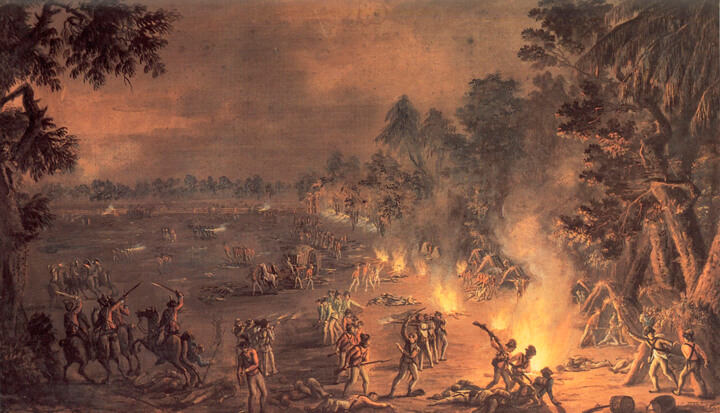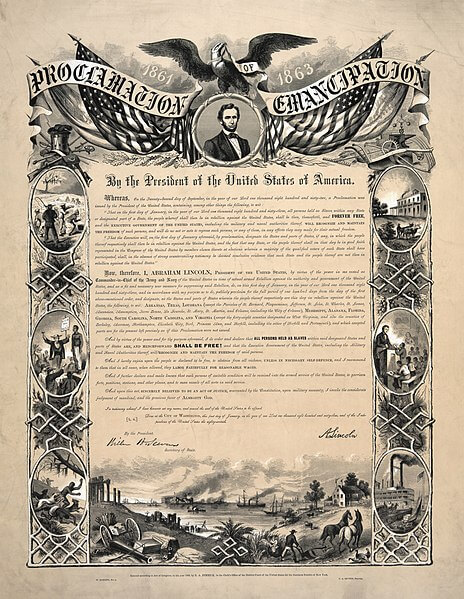

20 September 1777 – The Paoli Massacre. Following American retreats after the Battle of Brandywine and Battle of the Clouds, George Washington left a force under the command of Brigadier General Anthony Wayne behind to harass British troops moving towards Philadelphia. At this time Philadelphia was the capital of the newly born USA. General Anthony Wayne camped his force fairly close to British troops advancing on Philadelphia and rumors of his location soon reached British leadership. On the night of 20 September British commander Major General Charles Grey led his force in a surprise attack against the encamped American force, quickly routing them. In order to ensure his troops remained quiet and effective he ordered bayonets to be fixed and the flints, from their flintlock muskets, to be removed. This order ensured that they could not shoot and alert the Americans easily to their presence. As a result of their surprise attack the British would only lose 4 Soliders, with an entire American division being routed.
22 September 1862 – Presidential Proclamation 95, the Emancipation Proclamation. After a year of Civil War, President Lincoln would turn the war to one not just of reunification, but to the ending of slavery. The Emancipation Proclamation was issued on this day in 1862 and would go into effect on 1 January 1863. The proclamation freed all slaves held in states in rebellion, aka the Confederacy in total, which amounted to around 3.5 million slaves. While in practice the slaves still held in the Confederacy were still captive, as soon as Federal troops took that land or state they were free and escaped in droves to the Union lines. The proclamation would enrage those in the Confederacy and made several European nations that initially offered aid to the south weary of doing so. The proclamation was hailed by abolitionists and upon it going into effect some 20,000 slaves, held by Federal troops in reclaimed Confederate land, were immediately freed. The Emancipation Proclamation did not outlaw slavery on its own and it was not until 1865 with the passing of the 13th Amendment that slavery was officially illegal in the USA.
23 September 1806 – After 2 years and covering nearly 8,000 miles, the Corps of Discovery under Lewis and Clark returned to St. Louis, Missouri. The expedition explored the land the USA had gained under the Louisiana Purchase, which effectively doubled the size of the USA. The expedition established relations with some two dozen Native American tribes and only lost one member, to sickness early on in their travels. Lewis and Clark would create around 140 maps during their exploring and provided a first look at the geography and botany of the new land. Interestingly, Sacagawea gave birth to a boy soon after joining the expedition and would carry him with her for the duration. Sacagawea was not so much a guide to the Corps, and mainly served as a translator and important member during diplomatic meetings, her infant son soothing tensions with Native Americans at times.
